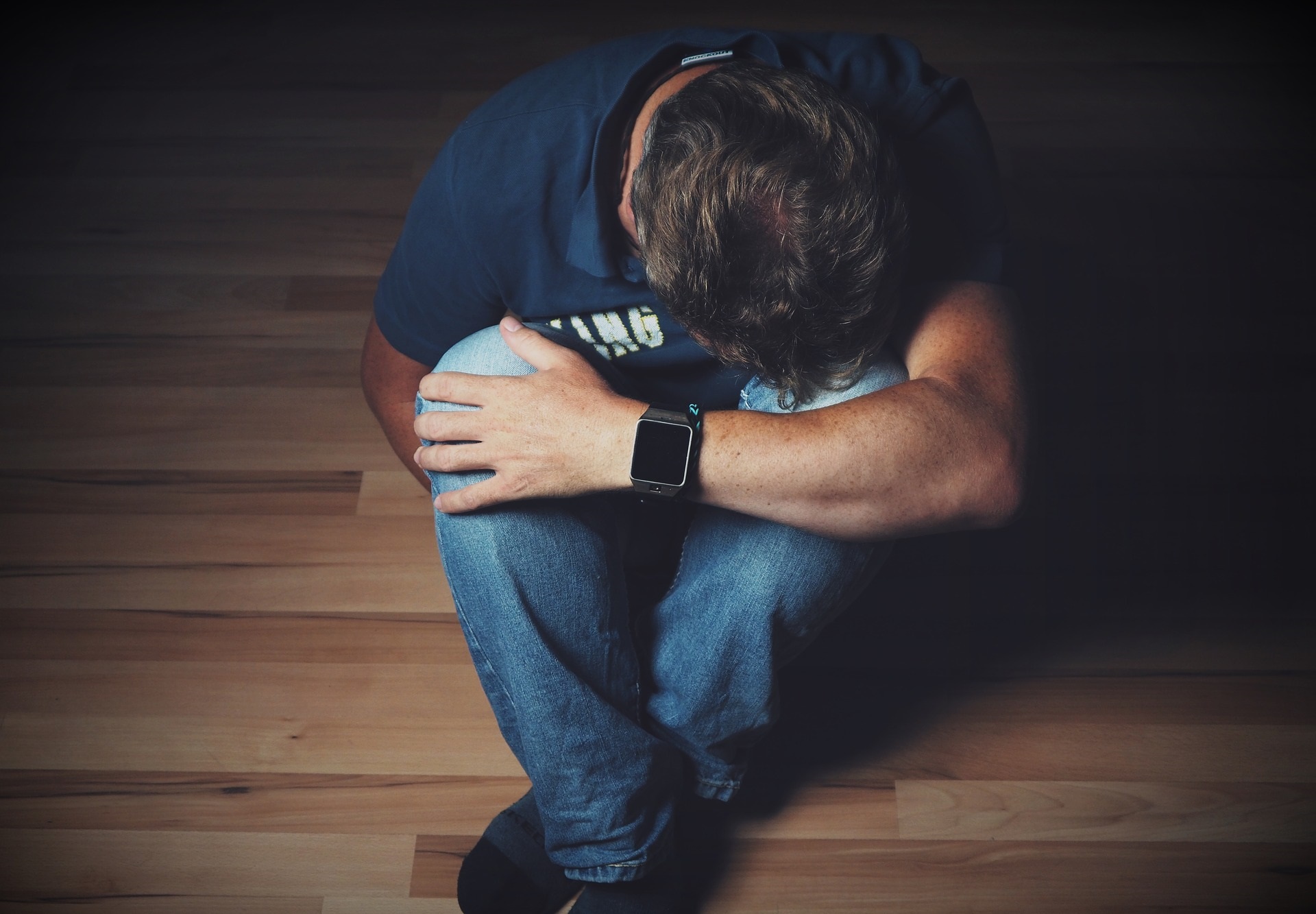PTSD: The Signs You May be Missing
Whilst post-traumatic stress disorder (PTSD) is commonly understood as a condition suffered by frontline personnel in the military and emergency services, there is a groundswell of opinion that suggest quite strongly that variations of PTSD can be found across society.
Janice Killey has a wealth of experience and training in this area and shares some of the signs we may be missing and gives insight into what PTSD is and the symptoms to watch out for. Janice also holds a Diploma of Education, Bachelor of Arts (Psychology), Master of Arts (Counselling), Diploma of Clinical Hypnotherapy (ASH) and is a Registered Psychologist at Psychologists Southern Sydney. She is also a member of the Australian Psychological Society.
Many people nowadays are unaware that they have a mental condition called PTSD or best known as Post-traumatic Stress Disorder. Why is this so? Well, the reason for this is, even today, is the lack of information or awareness about it. Let me share with you what it is all about and the signs that you may be missing.

What is PTSD?
PTSD or post-traumatic stress disorder is a mental health condition or type of anxiety disorder where a person suffers a trauma due to an accident, sexual assault or any life-threatening event. Other factors that can trigger PTSD can be the loss of a loved one, stress, childhood trauma or merely witnessing a traumatic event.
The concern is that anyone can be affected. No one is exempt – even children.
However, this condition is more common in adults especially women. So how do we know if we or a loved one is suffering from this?
Symptoms of PTSD
It is quite normal to experience bad dreams, trouble sleeping or have very upsetting memories after witnessing or experiencing a traumatic event first hand. However, if these symptoms last for more than a month, it should be a cause for concern.
PTSD can strike at any time from a month to years after experiencing a traumatic event so it’s prudent to be aware of these initial signs.
Aside from these initial signs, there are other indications that we may be able to detect in ourselves or another:
- experiencing anxiety or depression
- drinking or drug problems
- employment problems
- relationship issues
- hyperarousal – heightened anxiety and altered arousal responses
- feelings of hopelessness, despair or shame
- loss of interest
- difficulties with memory
- suicidal thoughts and/or feelings
%27%20fill-opacity%3D%27.5%27%3E%3Cellipse%20fill%3D%22%237f7f7f%22%20fill-opacity%3D%22.5%22%20rx%3D%221%22%20ry%3D%221%22%20transform%3D%22matrix(257.3062%20148.00116%20-286.26151%20497.67758%20582.9%20901.4)%22%2F%3E%3Cellipse%20fill%3D%22%230a0a0a%22%20fill-opacity%3D%22.5%22%20rx%3D%221%22%20ry%3D%221%22%20transform%3D%22matrix(-930.6112%20-1643.5394%20325.34894%20-184.22033%201690%20362.4)%22%2F%3E%3Cellipse%20fill%3D%22%23090909%22%20fill-opacity%3D%22.5%22%20rx%3D%221%22%20ry%3D%221%22%20transform%3D%22matrix(1637.1237%20-988.67702%20161.39932%20267.2568%20229%2066.7)%22%2F%3E%3Cellipse%20fill%3D%22%23545454%22%20fill-opacity%3D%22.5%22%20rx%3D%221%22%20ry%3D%221%22%20transform%3D%22matrix(-138.82207%20-276.38623%20428.20115%20-215.075%201011.4%20706.4)%22%2F%3E%3C%2Fg%3E%3C%2Fsvg%3E) Treatment for PTSD
Treatment for PTSD
If you have noticed any of these signs, it could indicate PTSD. Your first question will likely be Will it get better? The answer is Yes as there are many treatments available.
The thing to remember is that every person is unique and responds differently to treatment.
Two primary treatments for PTSD are psychotherapy and medication but there are other alternatives which I will also share.
Undergoing Psychotherapy:
- Psychotherapy can be one to one with a mental health expert or with a support group.
- It is the most preferred treatment of PTSD.
- It works by targeting the symptoms of PTSD directly.
- It emphasises critical components such as information about the condition, what triggers it and how it can be managed.
- The most common technique used is cognitive behavioral therapy (CBT)
Medication (Taking Antidepressants):
- Depending on the patient, medication can be used along with psychotherapy.
Alternative Treatments:
- engaging more in physical activities
- regularly engage in activities to reduce stress such as yoga, swimming and mindful walking
- setting realistic goals
- spending time with family and friends
- booking a session for Rewind Technique – one of the kindest methods for quickly removing (or alleviating) the symptoms of trauma
- actively seeking out and finding comforting places, situations, and people
- improving positivity by keeping a gratitude journal or taking a gratitude walk
- avoiding areas or situations that can trigger the traumatic experience
Understanding PTSD
There can be many reasons why one person is affected differently to another when sharing in the same or a similar experience. So when being diagnosed it could be described as mild, moderate or severe PTSD and delayed, delayed-onset or complex PTSD. Really it is down to how a person accepts or reacts to a traumatic situation of which genes can also play a part.
By understanding, being aware of the signs and symptoms of PTSD and being conscious that anyone can be affected regardless of gender or age group we can help us to be there for another when they need us.
Bob Brotchie is a counsellor, mindset consultant and creator of "Conscious Living by Design"™. He writes for Anglia Counselling, is featured on various other websites and introduces us to many guest writers all covering topics related to mental health and wellbeing.
Bob provides bespoke counselling services to individuals and couples in the privacy and comfort of a truly welcoming environment at his Anglia Counselling company office, located near Newmarket in Suffolk, England. Bob also provides professional online counselling, for local, national, and international clients. The therapeutic models offered are bespoke to the client’s needs, especially those in receipt of 'childhood emotional neglect' (CEN), whilst integrating a mindful approach to psychotherapy and cognitive behaviour therapy (CBT) principles. For clients experiencing trauma and/or phobia, Bob offers EMDR (Eye Movement Desensitisation and Reprocessing).

 Treatment for PTSD
Treatment for PTSD